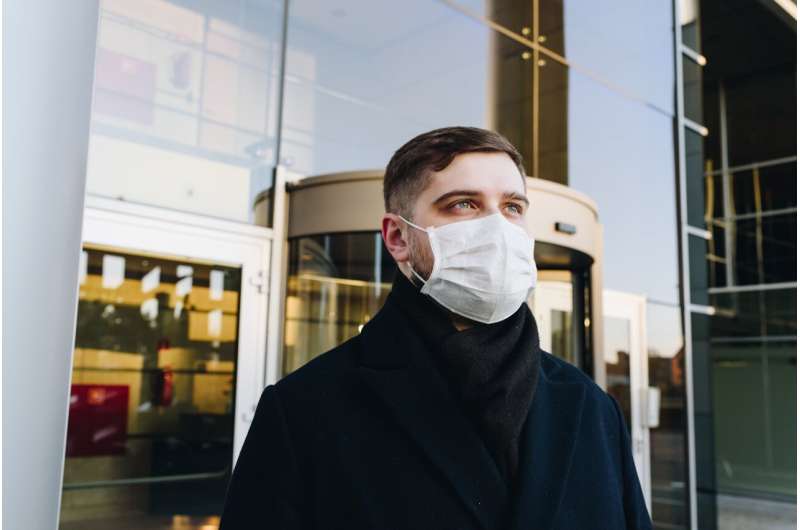Masks saw more than 90% of deaf people struggle to communicate during pandemic

Mandatory mask wearing saw more than 90% of deaf people struggle to communicate during the pandemic, University of Essex research has revealed. It also discovered that 76% missed vital information and 59% felt disconnected from society due to the face coverings.
This is because masks restrict the ability to read lips and judge expressions. It also emerged that over-55s who became deaf later in life found communication using masks more challenging. And profoundly deaf people and signers experienced more disconnection from society and negative effects on their well-being.
Dr. Eva Gutierrez-Sigut, from the Department of Psychology, led a team of deaf and hearing researchers who made sure that the survey was accessible in different sign languages.
Nearly 400 people were surveyed to discover how COVID-19 hit the deaf community and the researcher hopes the findings will now help shape public policy in health emergencies. Dr. Gutierrez-Sigut says that “mask mandates were vital in fighting the spread of the deadly coronavirus but meant some of our most vulnerable communities were left isolated. The pandemic lockdowns were hard for everyone but even more so for the deaf and hard-of-hearing.”
This research exposes the unexpected consequences policies can have in a fast-moving international emergency and how people can fall through the cracks. “If the world is gripped by a pandemic again Governments need to do more to be inclusive and engage with communities to find out what they need to thrive and survive.”
The paper—published in Cognitive Research: Principles and Implications—also uncovered cultural differences in how masks affected understanding, with Brits struggling more than Spanish people across the board.
It is speculated that this is due to differences in mask regulations and that Spaniards made more of an effort to use other means than speaking, such as gesturing, writing, or “some other creative alternatives.”
The research also showed that there is no one size fits all approach for the deaf or hard-of-hearing with masks. Signing, speech reading, and other communication techniques affect comprehension in combination with levels of deafness, whether they can use sign language, and when hearing loss started.
However, a clear mask which made the entire mouth and lower face visible was the preferred option for many. Dr. Gutierrez-Sigut says that “most deaf people we spoke to agreed these masks made a real difference and made everything from a trip to the shops to a vital doctor’s appointment easier. It is worth remembering though that there isn’t a one-size fits all solution for these communities. The deaf and hard-of-hearing are not a homogenous group and have different needs.”
Source: Read Full Article
